Researchers have developed an automated workflow that could accelerate the discovery of new pharmaceutical drugs and other useful products. The new approach could enable real-time reaction analysis and identify new chemical-reaction products much faster than current laboratory methods.
Tag: DOE Office of Science
Open Letter: Farewell to Staff from the Outgoing Director of the DOE Office of Science
As I depart the Office of Science to return to my academic position, I would like to take a moment to reflect on the amazing things we’ve done together over the past two years.
DOE’s Office of Science is now Accepting 2024 Solicitation 1 Applications for Office of Science Graduate Student Research Awards
The U.S. Department of Energy’s (DOE) Office of Science is pleased to announce that the Office of Science Graduate Student Research (SCGSR) program is now accepting applications for the 2024 solicitation 1 cycle. Applications are due on Wednesday, May 1, 2024, at 5:00 p.m. ET.
Accelerating Sustainable Semiconductors With ‘Multielement Ink’
Scientists have demonstrated “multielement ink” – the first “high-entropy” semiconductor that can be processed at low-temperature or room temperature. The new material could enable cost-effective and energy-efficient semiconductor manufacturing.
Department of Energy to Accept National Laboratory Nominations for Distinguished Scientist Fellows Program
The Department of Energy (DOE) announced today that it is accepting nominations from the DOE national laboratories for the department’s Distinguished Scientist Fellows Program.
On the Road to Better Solid-State Batteries
A team from Berkeley Lab and Florida State University has designed a new blueprint for solid-state batteries that are less dependent on specific chemical elements. Their work could advance efficient, affordable solid-state batteries for electric cars.
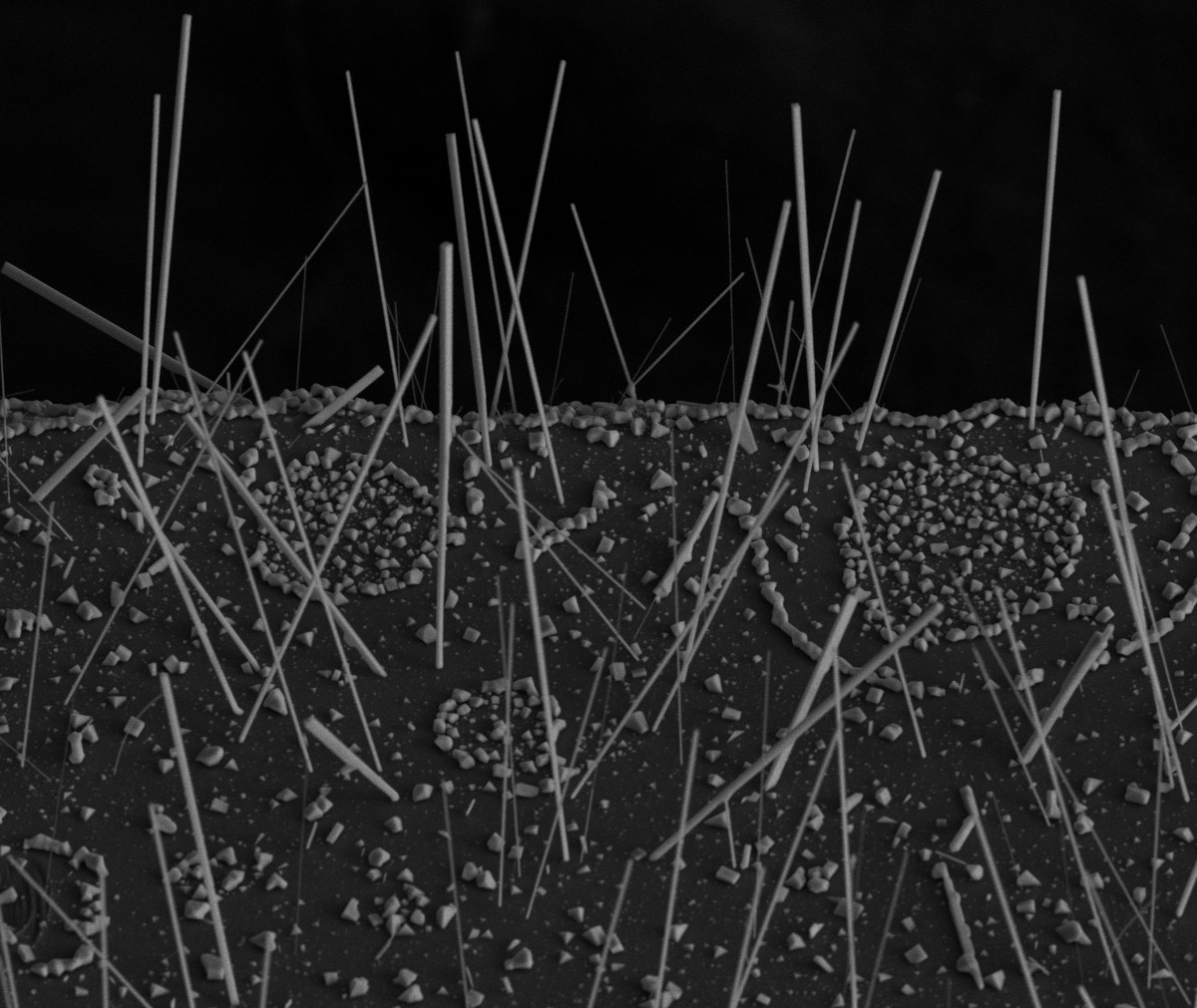
Scientists Grow Lead-Free Solar Material With a Built-In Switch
A lead-free solar material developed by Berkeley Lab scientists offers a simpler and more sustainable approach to solar cell manufacturing. The advance could also benefit halide perovskites, a promising solar technology that requires much less energy to manufacture than silicon.
New Ultrathin Capacitor Could Enable Energy-Efficient Microchips
Scientists at Berkeley Lab and UC Berkeley have developed a thin film from a century-old material for next-gen memory and logic devices. The breakthrough advances the pursuit of low-voltage electronics that require less energy to operate than today’s silicon-based electronics.
Skyrmions on the Rise – New 2D Material Advances Low-Power Computing
A team co-led by Lawrence Berkeley National Laboratory has discovered a new ultrathin material with exotic magnetic features called skyrmions. The new material could enable the next generation of tiny, fast, energy-efficient electronic devices.
LED Material Shines Under Strain
A team led by researchers at Lawrence Berkeley National Laboratory (Berkeley Lab) and UC Berkeley has demonstrated an approach for achieving LEDs with near 100% light-emission efficiency at all brightness levels.
One scientist’s trash is another’s treasure:
While making materials samples to pursue their own research goals, scientists at the U.S. Department of Energy’s Ames Laboratory discovered that an unwanted byproduct of their experiments was an extremely high-quality and difficult-to-obtain substance sought after by scientists researching layered materials.
This crystal impurity is sheer perfection
Scientists at Berkeley Lab and UC Berkeley have developed a nanoparticle composite that grows into 3D crystals. The new 3D-grown material could speed up production and eliminate errors in the mass manufacturing of nanoscale photonics for smart buildings or actuators for robotics.
Key to Carbon-Free Cars? Look to the Stars
In a decade-long quest, scientists at Berkeley Lab, the University of Hawaii, and Florida International University uncover new clues to the origins of the universe – and land new chemistry for cleaner combustion engines
Are Heavy Metals Toxic? Scientists Find Surprising New Clues in Yeast
Scientists at Berkeley Lab and UC Berkeley have compiled the most complete library yet of lanthanide heavy metals and their potential toxicity – by exposing baker’s yeast to lanthanides. Their findings could help researchers uncover hidden pathways between lanthanide metals and disease.
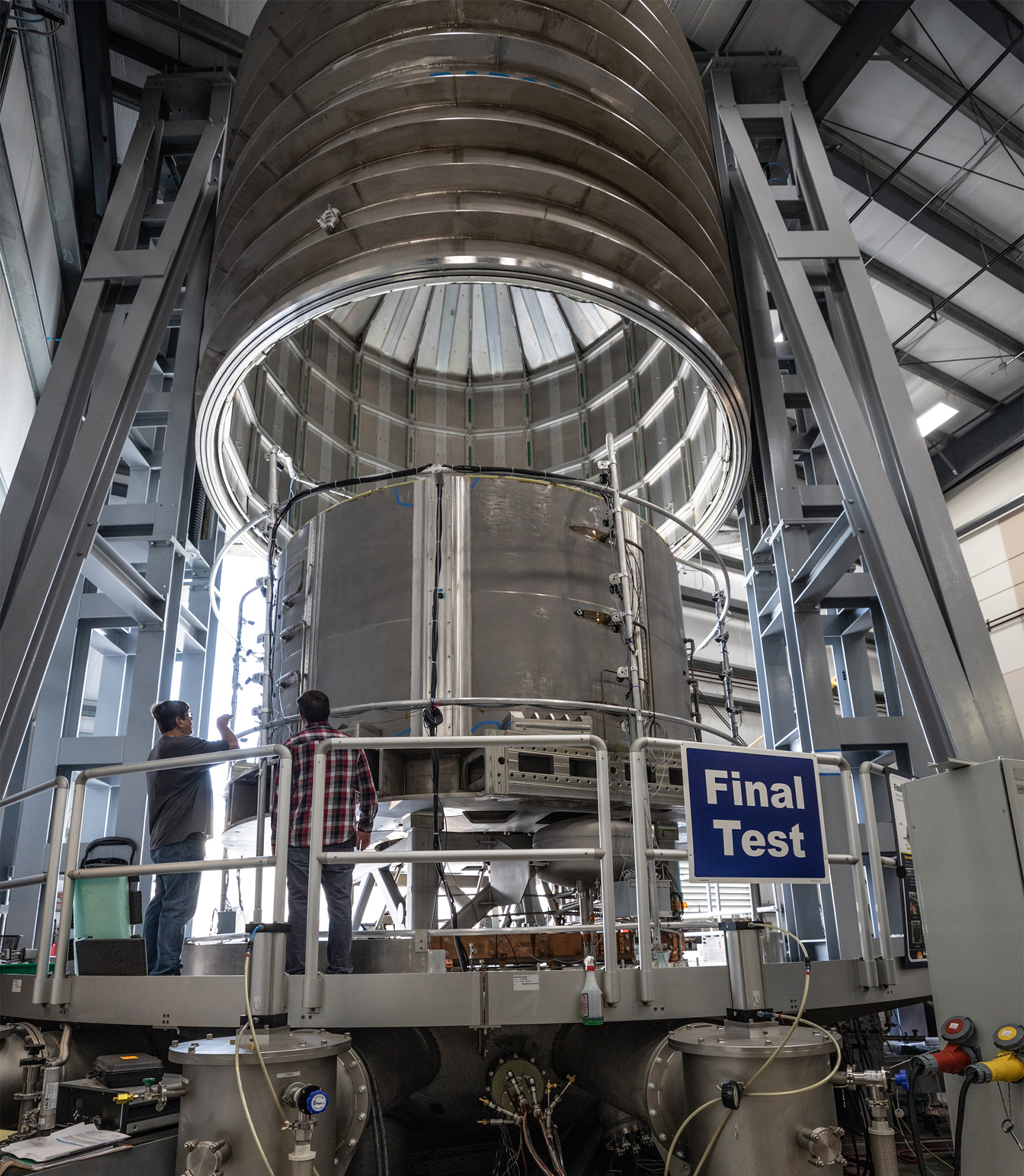
General Atomics Completes Fabrication and Testing of First ITER Central Solenoid Module
After nearly five years of fabrication and a battery of rigorous testing and troubleshooting, General Atomics (GA) has completed the first major milestone in one of the United States’ largest contributions to the ITER fusion project in France. The first module of the ITER Central Solenoid will join six others still in fabrication to make up the largest pulsed superconducting magnet in the world. The Central Solenoid will play a critical role in ITER’s mission to establish fusion as a practical, safe and nearly inexhaustible source of clean, abundant and carbon-free electricity.
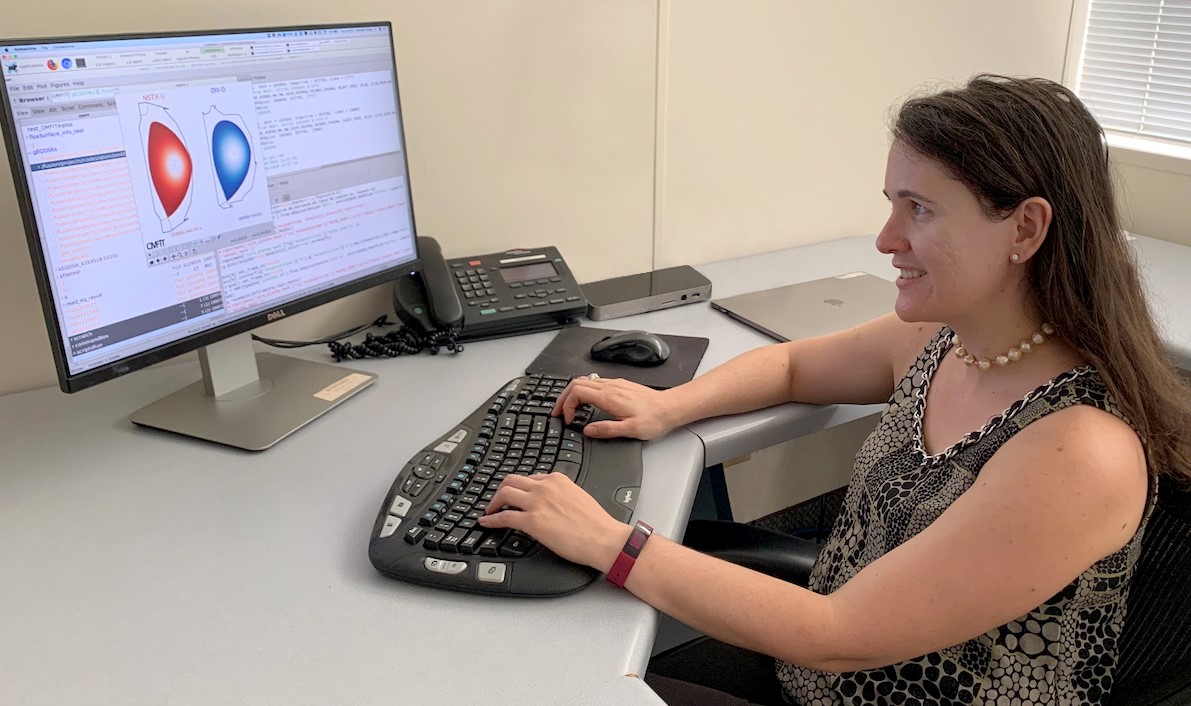
DIII-D Scientists to Work with PPPL to Find a Path to Sustained Fusion Energy
Researchers from the DIII-D National Fusion Facility are preparing to support their colleagues at the National Spherical Tokamak Experiment-Upgrade (NSTX-U) at the U.S Department of Energy’s (DOE) Princeton Plasma Physics Laboratory (PPPL) in a quest to develop sustained fusion energy. Under recently announced DOE funding programs, two teams at DIII-D will perform research on physics and instrumentation for NSTX-U as the facility’s staff work to restart operations late next year.
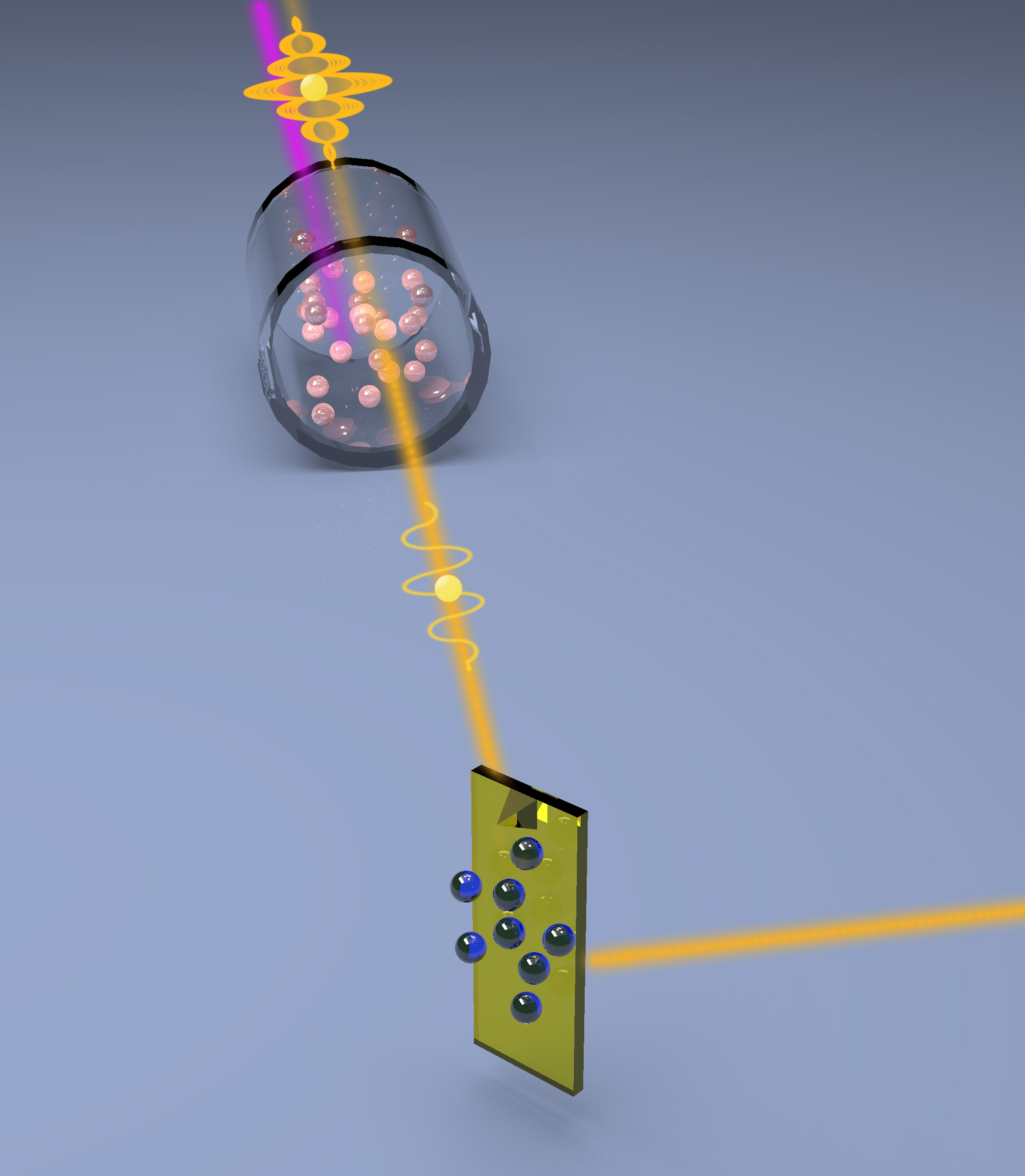
Quantum light squeezes the noise out of microscopy signals
Researchers at Oak Ridge National Laboratory used quantum optics to advance state-of-the-art microscopy and illuminate a path to detecting material properties with greater sensitivity than is possible with traditional tools.

DOE Office of Science honors two early career Lab scientists
Two scientists from Lawrence Livermore National Laboratory (LLNL) are recipients of the Department of Energy’s (DOE) Office of Science Early Career Research Program award. Federica Coppari and Erin Nuccio are among 76 scientists nationwide selected for the recognition. Under the program, typical awards for DOE national laboratory staff are $500,000 per year for five years.
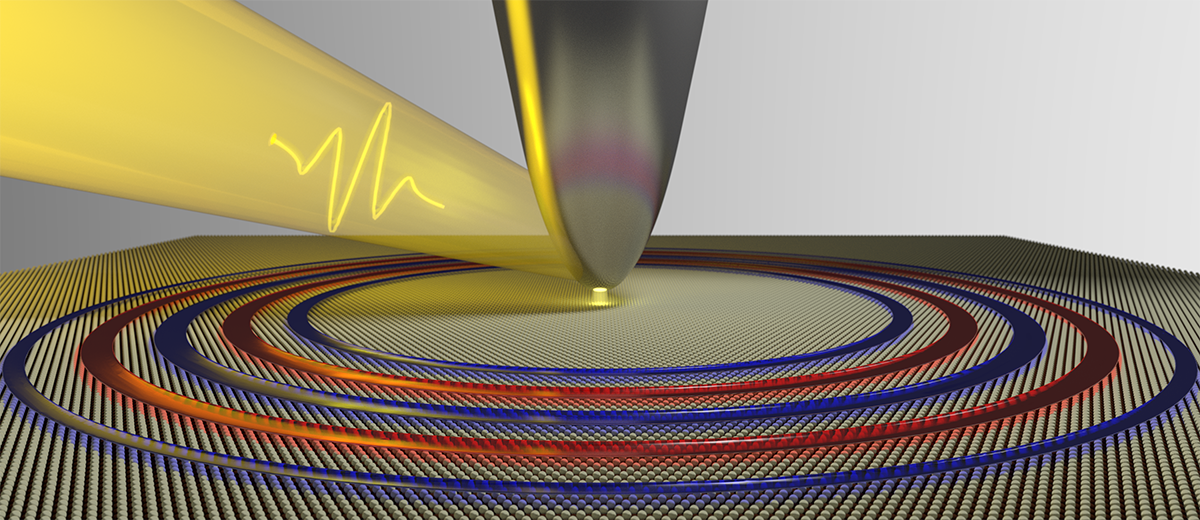
Making Quantum ‘Waves’ in Ultrathin Materials
A team of researchers co-led by Berkeley Lab has observed unusually long-lived wavelike electrons called “plasmons” in a new class of electronically conducting material. Plasmons are very important for determining the optical and electronic properties of metals.
Closely spaced hydrogen atoms could facilitate superconductivity in ambient conditions
An international team of researchers has discovered the hydrogen atoms in a metal hydride material are much more tightly spaced than had been predicted for decades—a feature that could possibly facilitate superconductivity at or near room temperature and pressure. The scientists conducted neutron scattering experiments at the Department of Energy’s Oak Ridge National Laboratory on samples of zirconium vanadium hydride.
DIII-D Researchers Use Machine Learning to Steer Fusion Plasmas Near Operational Limits
Researchers at the DIII-D National Fusion Facility recently achieved a scientific first when they used machine learning calculations to automatically prevent fusion plasma disruptions in real time, while simultaneously optimizing the plasma for peak performance. The new experiments are the first of what they expect to be a wave of research in which machine learning–augmented controls could broaden the understanding of fusion plasmas. The work may help deliver reliable, peak-performance operation of future fusion reactors.
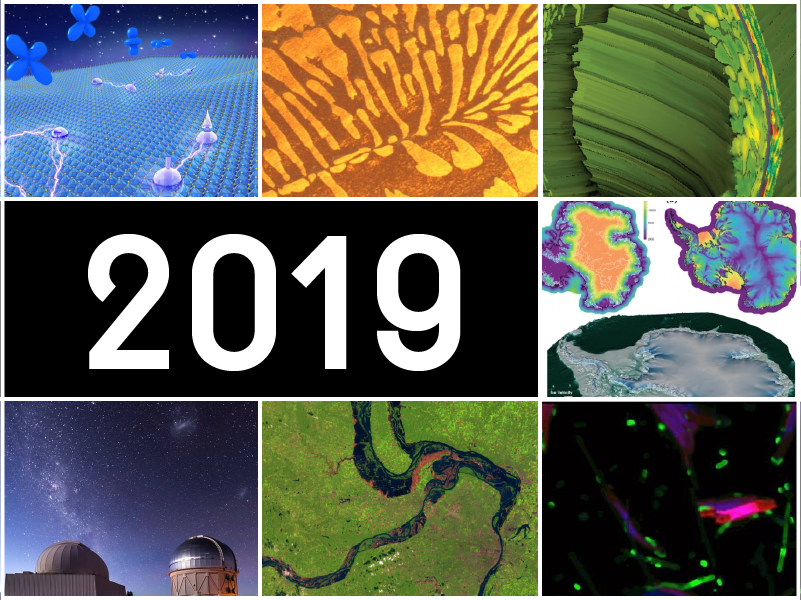
Top Posts of 2019
From nanoparticles to algae ecology, the Office of Science supported a variety of research in 2019.
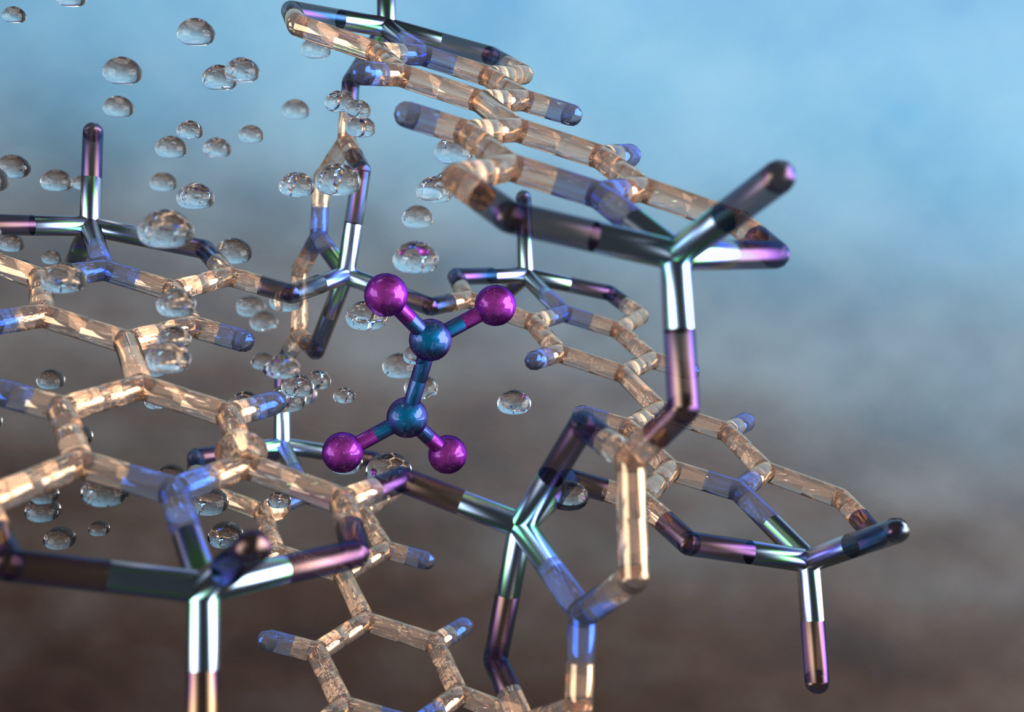
New material captures and converts toxic air pollutant into industrial chemical
A team led by the University of Manchester has developed a metal-organic framework material providing a selective, reversible and repeatable capability to capture a toxic air pollutant, nitrogen dioxide, which is produced by combusting fossil fuels. The material then requires only water and air to convert the captured gas into nitric acid for industrial use.

A four-way switch promises greater tunability of layered materials
A team from Oak Ridge National Laboratory and Vanderbilt University made the first experimental observation of a material phase that had been predicted but never seen.
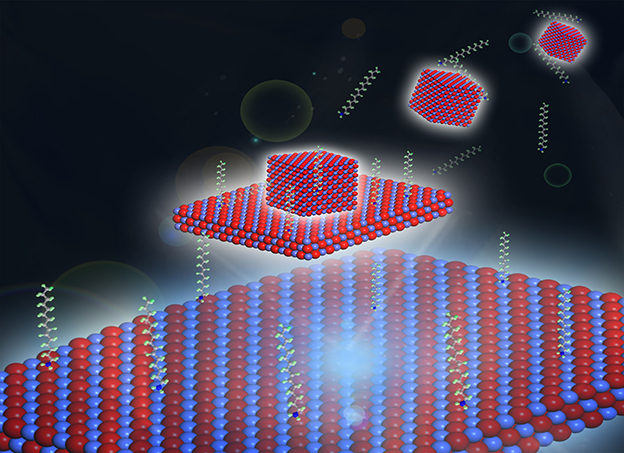
Living on the Edge: How a 2D Material Got Its Shape
A team of scientists led by the Department of Energy’s Lawrence Berkeley National Laboratory (Berkeley Lab) has gained valuable insight into 3D transition metal oxide nanoparticles’ natural “edge” for 2D growth.